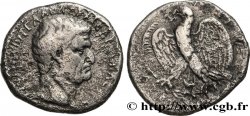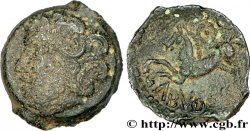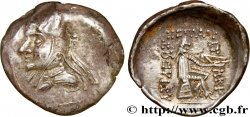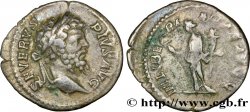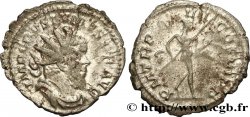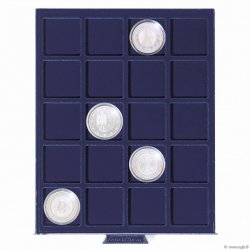v16_0496 - GALBA Tétradrachme syro-phénicien
MONNAIES 16 (2002)
Начальная цена : 130.00 €
Назначить цену : 220.00 €
Цена реализации : 130.00 €
Количество ставок : 1
Максимальная предлагаемая цена : 130.00 €
Начальная цена : 130.00 €
Назначить цену : 220.00 €
Цена реализации : 130.00 €
Количество ставок : 1
Максимальная предлагаемая цена : 130.00 €
Тип Tétradrachme syro-phénicien
Дата: an 2
Монетный двор / Город: Antioche, Syrie, Séleucie et Piérie
Металл: silver
Диаметр: 27 mm
Ориентация осей монеты: 12 h.
Вес: 14,49 g.
Редкость: R1
Комментарии о состоянии
Beau portrait. Légèrement décentré au droit. Exemplaire convenable pour ce type
Ссылки в каталоге: :
Происхождение:
Cet exemplaire est le 0100_010 de la base TSP
Лицевая сторона
Аверс: описание: Tête nue de Galba à droite (O°).
Аверс: легенда: [AUTOKRATWR] GALBA KAISAR SEBASTOS
Аверс: перевод: (L'empereur Galba césar auguste).
Обратная сторона
Реверс: Описание: Aigle debout à gauche sur une couronne, les ailes déployées, tenant une couronne dans son bec ; devant dans le champ à gauche, une palme verticale.
Реверс: легенда: ETOUS B
Реверс: перевод: (an 2).
Комментарий
Le style hellénistique de ce portrait très particulier montre à cette époque la présence en Orient d'une véritable école de gravure, très différente de celle de Rome. La légende grecque porte en revanche des traces de romanisation avec l’abandon du sigma pour le C majuscule et du Pi pour une P, lettres que nous n’avons pu reproduire dans la légende, faute de caractères spéciaux. Les auteurs du RPC ont répertorié 32 exemplaires. Pour notre type avec 17 tétradrachmes, nous avons 7 coins de droit.
The Hellenistic style of this very particular portrait shows the presence in the Orient at this time of a true school of engraving, very different from that of Rome. The Greek legend, however, bears traces of Romanization with the abandonment of the sigma for the capital C and of Pi for a P, letters that we have not been able to reproduce in the legend, due to a lack of special characters. The authors of the RPC have listed 32 examples. For our type with 17 tetradrachms, we have 7 obverse dies
The Hellenistic style of this very particular portrait shows the presence in the Orient at this time of a true school of engraving, very different from that of Rome. The Greek legend, however, bears traces of Romanization with the abandonment of the sigma for the capital C and of Pi for a P, letters that we have not been able to reproduce in the legend, due to a lack of special characters. The authors of the RPC have listed 32 examples. For our type with 17 tetradrachms, we have 7 obverse dies








 Cообщить об ошибке
Cообщить об ошибке Распечатать страницу
Распечатать страницу Отправить мой выбор
Отправить мой выбор Задать вопрос
Задать вопрос Consign / sell
Consign / sell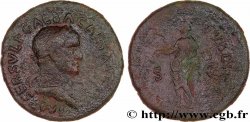
 Информация
Информация